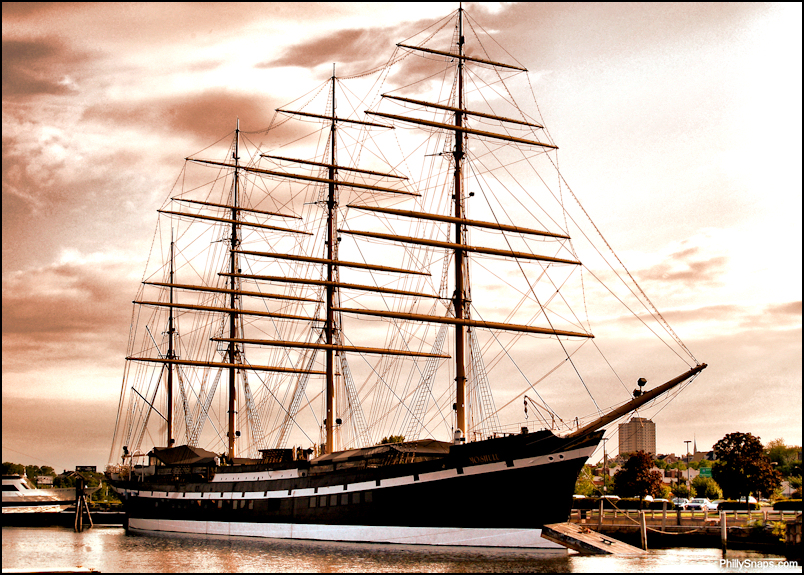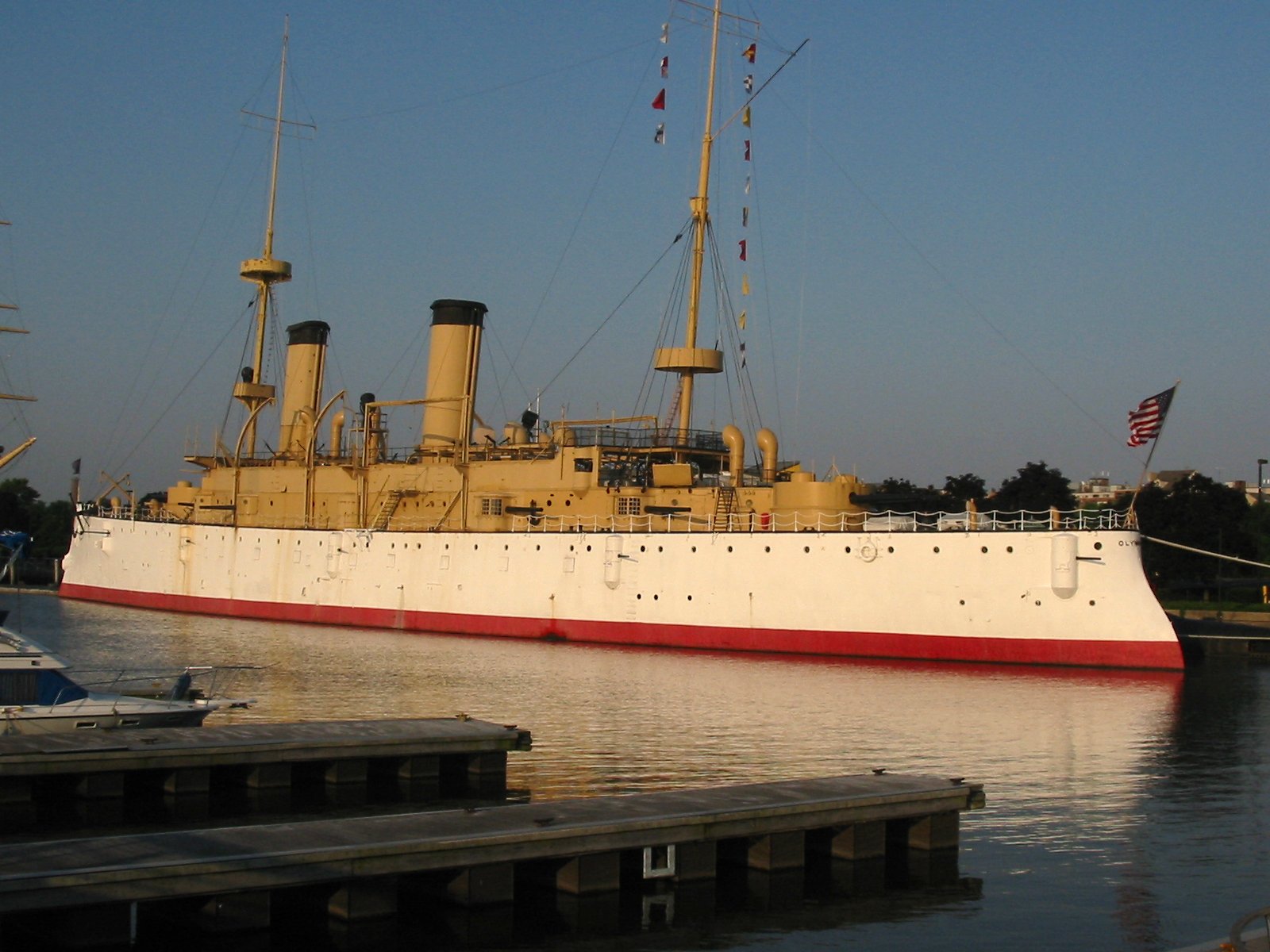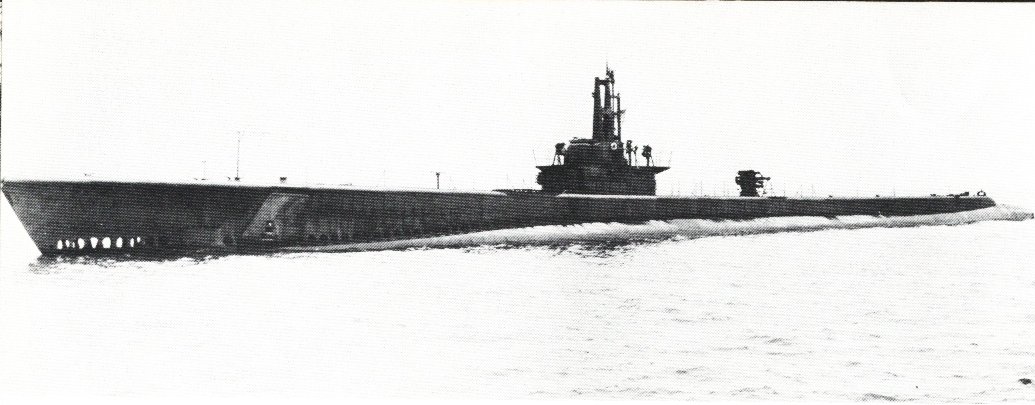|
Penn's Landing
Penn's Landing is a waterfront area of Center City Philadelphia along the Delaware River. Its name commemorates the landing of William Penn, the founder of Pennsylvania in 1682. The actual landing site is farther south in Chester, Pennsylvania. The city of Philadelphia purchased the right to use the name. Penn's Landing is bounded by Front Street to the west, the Delaware River to the east, Spring Garden Street to the north, and Washington Avenue to the south, and is primarily focused on the Christopher Columbus Boulevard (Delaware Avenue) corridor. Development of the area is handled by the Delaware River Waterfront Corporation. The corporation is a non-profit that was established in 2009 to manage the publicly owned land on the central waterfront on behalf of the City of Philadelphia and the Commonwealth of Pennsylvania. Features and uses Penn's Landing serves as the site for several summertime events in the city. The main public space at Penn's Landing is The Great Plaza, ... [...More Info...] [...Related Items...] OR: [Wikipedia] [Google] [Baidu] |
List Of Philadelphia Neighborhoods
The following is a list of Neighbourhood, neighborhoods, District#United States, districts and other places located in the city of Philadelphia, Pennsylvania. The list is organized by broad geographical sections within the city. Common usage for Philadelphia's neighborhood names does not respect "official" borders used by the city's police, planning commission or other entities. Therefore, some of the places listed here may overlap geographically, and residents do not always agree where one neighborhood ends and another begins. Philadelphia has 41 ZIP Code, ZIP-codes, which are often used for neighborhood analysis. Historically, many neighborhoods were defined by incorporated townships (Blockley, Roxborough), districts (Belmont, Kensington, Moyamensing, Richmond) or boroughs (Bridesburg, Frankford, Germantown, Manayunk) before being incorporated into the city with the Act of Consolidation, 1854, Act of Consolidation of 1854. [...More Info...] [...Related Items...] OR: [Wikipedia] [Google] [Baidu] |
Moshulu
''Moshulu'' is a four-masted steel barque, built as ''Kurt'' by William Hamilton and Company at Port Glasgow in Scotland in 1904. The largest remaining original windjammer, she is currently a floating restaurant docked in Penn's Landing, Philadelphia, adjacent to the museum ships USS ''Olympia'' and USS ''Becuna''. History Originally named ''Kurt'' after Dr. Kurt Siemers, director general and president of the Hamburg shipping company G. H. J. Siemers & Co., she was, along with her sistership ''Hans'', one of the last four-masted steel barques to be built on the Clyde. Constructed for G. H. J. Siemers & Co. to be used in the nitrate trade, at a cost of £36,000, she was launched in 1904. Her first master was Captain Christian Schütt, followed by Captain Wolfgang H. G. Tönissen in 1908 who made a fast voyage from Newcastle, Australia, to Valparaíso with a cargo of coal in 31 days. Between 1904 and 1914, under German ownership, ''Kurt'' shipped coal from Wales to South Ame ... [...More Info...] [...Related Items...] OR: [Wikipedia] [Google] [Baidu] |
Philadelphia Ship Preservation Guild
Philadelphia, often called Philly, is the largest city in the Commonwealth of Pennsylvania, the sixth-largest city in the U.S., the second-largest city in both the Northeast megalopolis and Mid-Atlantic regions after New York City. Since 1854, the city has been coextensive with Philadelphia County, the most populous county in Pennsylvania and the urban core of the Delaware Valley, the nation's seventh-largest and one of world's largest metropolitan regions, with 6.245 million residents . The city's population at the 2020 census was 1,603,797, and over 56 million people live within of Philadelphia. Philadelphia was founded in 1682 by William Penn, an English Quaker. The city served as capital of the Pennsylvania Colony during the British colonial era and went on to play a historic and vital role as the central meeting place for the nation's founding fathers whose plans and actions in Philadelphia ultimately inspired the American Revolution and the nation's independenc ... [...More Info...] [...Related Items...] OR: [Wikipedia] [Google] [Baidu] |
Jupiter (tugboat)
''Jupiter'' is an American tugboat. It was built in Philadelphia in 1902 by Neafie & Levy for the Standard Oil Company of New York ("Socony"), and was named ''Socony No. 14''. In 1939 it was sold to the Independent Pier Company in Philadelphia, and was renamed ''Jupiter''. When was Ceremonial ship launching, launched in December 1942, ''Jupiter'' was one of the tugboats that helped move the massive battleship. Seventy-five years later, ''Jupiter'' participated in a ceremony to commemorate the anniversary of the launch (and of the attack on Pearl Harbor a year previously). In 1949, ''Jupiter'' had an engine refit in Baltimore, converting it from steam power, steam to diesel engine, diesel power. In 1999 it was retired from work and was sold to the Penn's Landing Corporation. ''Jupiter'' is maintained and preserved by the Philadelphia Ship Preservation Guild, and is used for tourism. References External linksJUPITER - IMO 8134302 [...More Info...] [...Related Items...] OR: [Wikipedia] [Google] [Baidu] |
Tugboat
A tugboat or tug is a marine vessel that manoeuvres other vessels by pushing or pulling them, with direct contact or a tow line. These boats typically tug ships in circumstances where they cannot or should not move under their own power, such as in crowded harbour or narrow canals, or cannot move at all, such as barges, disabled ships, log rafts, or oil platforms. Some are ocean-going, some are icebreakers or salvage tugs. Early models were powered by steam engines, long ago superseded by diesel engines. Many have deluge gun water jets, which help in firefighting, especially in harbours. Types Seagoing Seagoing tugs (deep-sea tugs or ocean tugboats) fall into four basic categories: #The standard seagoing tug with model bow that tows almost exclusively by way of a wire cable. In some rare cases, such as some USN fleet tugs, a synthetic rope hawser may be used for the tow in the belief that the line can be pulled aboard a disabled ship by the crew owing to its lightness ... [...More Info...] [...Related Items...] OR: [Wikipedia] [Google] [Baidu] |
Gazela
''Gazela'' is a wooden tall ship, built in 1901, whose home port is Philadelphia. She was built as a commercial fishing vessel, and used in that capacity for more than sixty years. She now serves as the maritime goodwill ambassador for the City of Philadelphia, the Commonwealth of Pennsylvania, and the Ports of Philadelphia and Camden, New Jersey. She has been featured in a number of films, and participated in domestic and international events, including OpSail 2000. History The barquentine ''Gazela Primeiro'' (meaning ''Gazelle the First'' in Portuguese) was built in the shipyard of J. M. Mendes in Setúbal, Portugal in 1883. At that time the Portuguese fisheries authorities had a regulation prohibiting the construction of new vessels for the Grand Banks cod fishery. It was however permissible to modify or "rebuild" an existing vessel. The best information available indicates that the registration of a much smaller, two-masted vessel built in Cacilhas in 1883, named ''Gazell ... [...More Info...] [...Related Items...] OR: [Wikipedia] [Google] [Baidu] |
Barquentine
A barquentine or schooner barque (alternatively "barkentine" or "schooner bark") is a sailing vessel with three or more masts; with a square rigged foremast and fore-and-aft rigged main, mizzen and any other masts. Modern barquentine sailing rig While a full-rigged ship is square-rigged on all three masts, and the barque is square-rigged except for the mizzen-mast, the barquentine extends the principle by making only the foremast square-rigged. The advantages of a smaller crew, good performance before the wind and the ability to sail relatively close to the wind while carrying plenty of cargo made it a popular rig at the end of the nineteenth century. Today, barquentines are popular with modern tall ship and sail training operators as their suite of mainly fore-and-aft sails improve non-downwind performance, while their foremast of square sails offers long distance downwind speed and dramatic appearance in port. Etymology The term "barquentine" is seventeenth century in ori ... [...More Info...] [...Related Items...] OR: [Wikipedia] [Google] [Baidu] |
Independence Seaport Museum
The Independence Seaport Museum (formerly the Philadelphia Maritime Museum) was founded in 1961 and is located in the Penn's Landing complex along the Delaware River in Philadelphia, Pennsylvania. The collections at the Independence Seaport Museum document maritime history and culture along the Delaware River. At the museum are two National Historic Landmark ships and the J. Welles Henderson Archives and Library. History In 1961, maritime collector J. Welles Henderson felt that Philadelphia's maritime history had been forgotten, and was frustrated that his city lacked a maritime museum like those in New England. To rectify this issue, he rented space in the Athenaeum on Washington Square to open the Philadelphia Maritime Museum. Initially the museum housed his personal collection of maritime items. In 1974, the museum moved to 321 Chestnut Street, into a building built in 1898 for the First National Bank. In 1995, the museum moved to Penn's Landing along the Delaware River, ... [...More Info...] [...Related Items...] OR: [Wikipedia] [Google] [Baidu] |
USS Olympia (C-6)
USS ''Olympia'' (C-6/CA-15/CL-15/IX-40) is a protected cruiser that saw service in the United States Navy from her commissioning in 1895 until 1922. This vessel became famous as the flagship of Commodore George Dewey at the Battle of Manila Bay during the Spanish–American War in 1898. The ship was decommissioned after returning to the U.S. in 1899, but was returned to active service in 1902. She served until World War I as a training ship for naval cadets and as a floating barracks in Charleston, South Carolina. In 1917, she was mobilized again for war service, patrolling the American coast and escorting transport ships. After World War I, ''Olympia'' participated in the 1919 Allied intervention in the Russian Civil War and conducted cruises in the Mediterranean and Adriatic Seas to promote peace in the unstable Balkan countries. In 1921, the ship carried the remains of World War I's Unknown Soldier from France to Washington, D.C., where his body was interred in Arlington Nat ... [...More Info...] [...Related Items...] OR: [Wikipedia] [Google] [Baidu] |
Cruiser
A cruiser is a type of warship. Modern cruisers are generally the largest ships in a fleet after aircraft carriers and amphibious assault ships, and can usually perform several roles. The term "cruiser", which has been in use for several hundred years, has changed its meaning over time. During the Age of Sail, the term ''cruising'' referred to certain kinds of missions—independent scouting, commerce protection, or raiding—fulfilled by frigates or sloops-of-war, which functioned as the ''cruising warships'' of a fleet. In the middle of the 19th century, ''cruiser'' came to be a classification of the ships intended for cruising distant waters, for commerce raiding, and for scouting for the battle fleet. Cruisers came in a wide variety of sizes, from the medium-sized protected cruiser to large armored cruisers that were nearly as big (although not as powerful or as well-armored) as a pre-dreadnought battleship. With the advent of the dreadnought battleship before World W ... [...More Info...] [...Related Items...] OR: [Wikipedia] [Google] [Baidu] |
Spanish–American War
, partof = the Philippine Revolution, the decolonization of the Americas, and the Cuban War of Independence , image = Collage infobox for Spanish-American War.jpg , image_size = 300px , caption = (clockwise from top left) , date = April 21 – August 13, 1898() , place = , casus = , result = American victory *Treaty of Paris (1898), Treaty of Paris of 1898 *Founding of the First Philippine Republic and beginning of the Philippine–American War * German–Spanish Treaty (1899), Spain sells to Germany the last colonies in the Pacific in 1899 and end of the Spanish Empire in Spanish colonization of the Americas, America and Asia. , territory = Spain relinquishes sovereignty over Cuba; cedes Puerto Rico, Guam and the Philippine Islands to the United States. $20 million paid to Spain by the United States for infrastructure owned by Spain. , combatant1 = United State ... [...More Info...] [...Related Items...] OR: [Wikipedia] [Google] [Baidu] |
USS Becuna
USS ''Becuna'' (SS/AGSS-319), a , is a former ship of the United States Navy named for the becuna, a pike-like fish of Europe. She was designated a National Historic Landmark for her service in World War II, for which she earned four battle stars. She presently serves as a museum ship at the Independence Seaport Museum in Philadelphia, Pennsylvania. Construction and commissioning ''Becuna'' (SS-319) was launched 30 January 1944 by Electric Boat Company, Groton, Connecticut; sponsored by Mrs. George C. Crawford, and commissioned on 27 May 1944. World War II ''Becuna'' departed New London 1 July 1944 and arrived at Pearl Harbor 29 July. Her war operations extended from 23 August 1944 to 27 July 1945. During this period she completed five war patrols in the Philippines, South China Sea, and the Java Sea. ''Becuna'' is credited with having sunk two Japanese tankers totaling 3,888 tons. The submarine arrived at Subic Bay, Luzon, from her last war patrol 27 July 1945. In Se ... [...More Info...] [...Related Items...] OR: [Wikipedia] [Google] [Baidu] |







